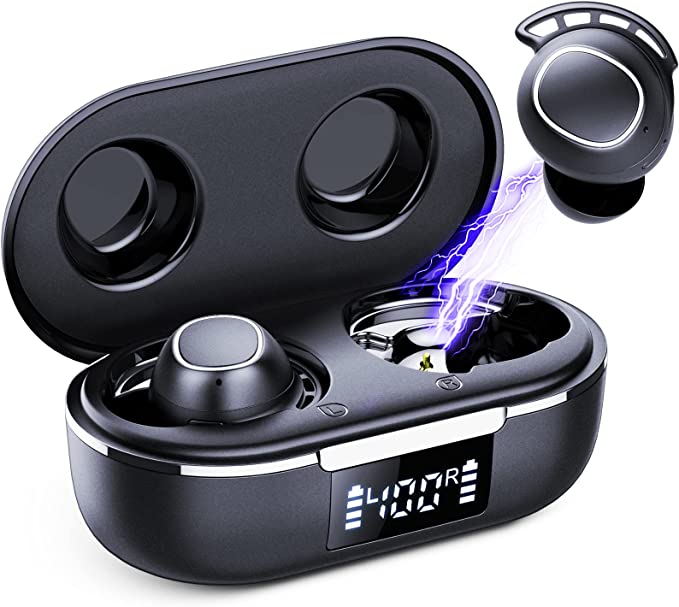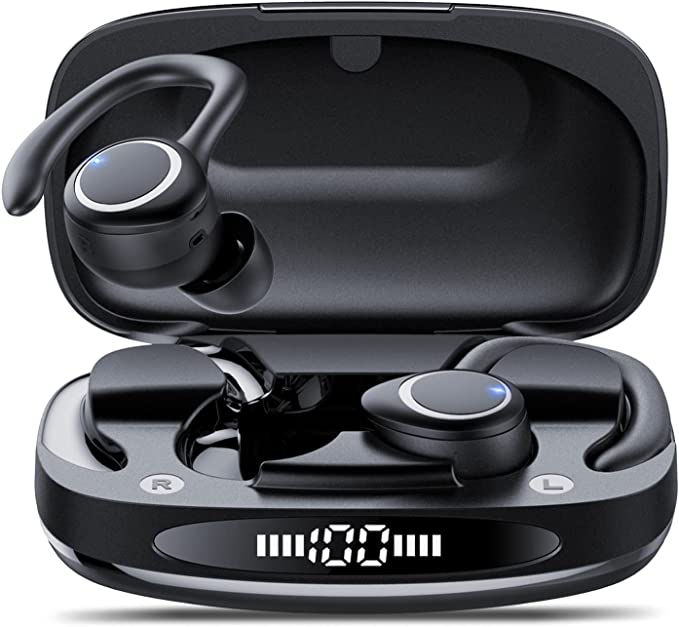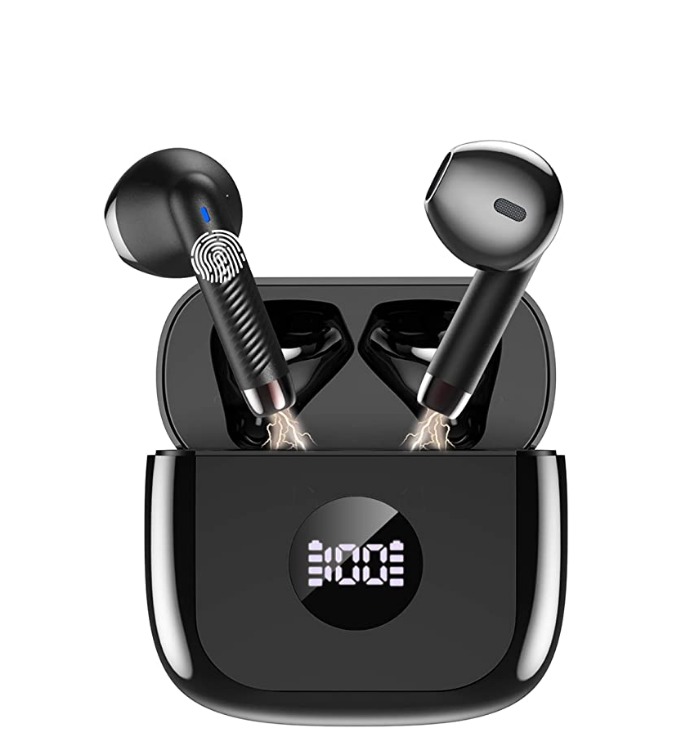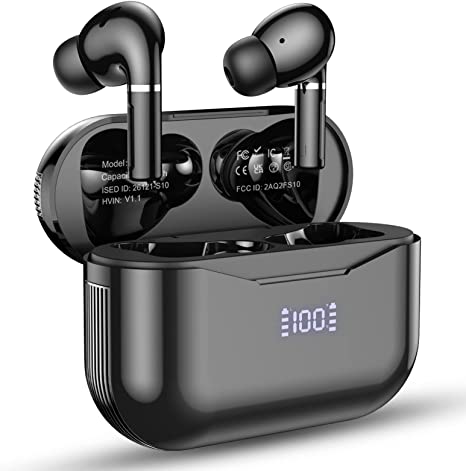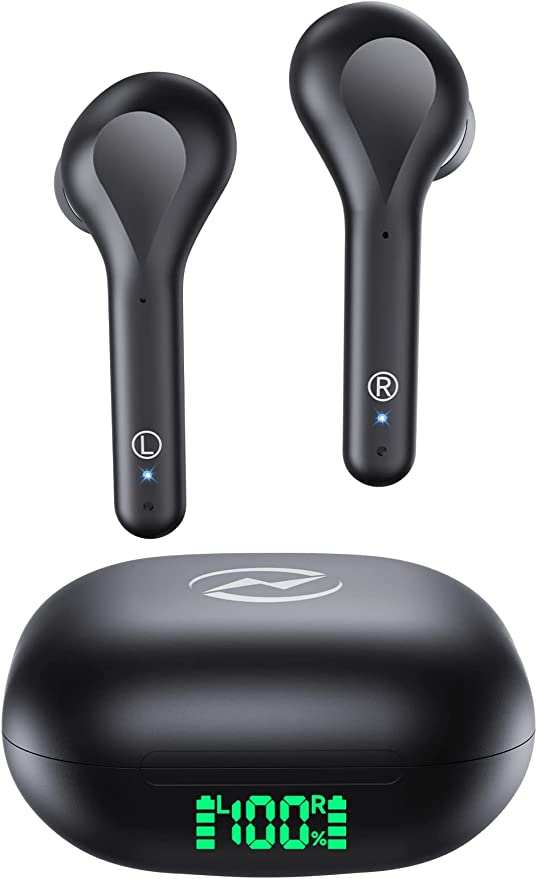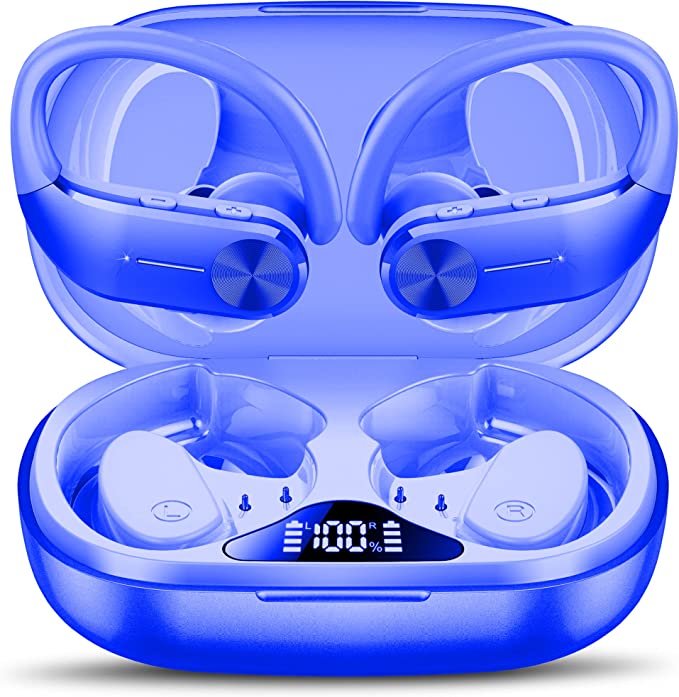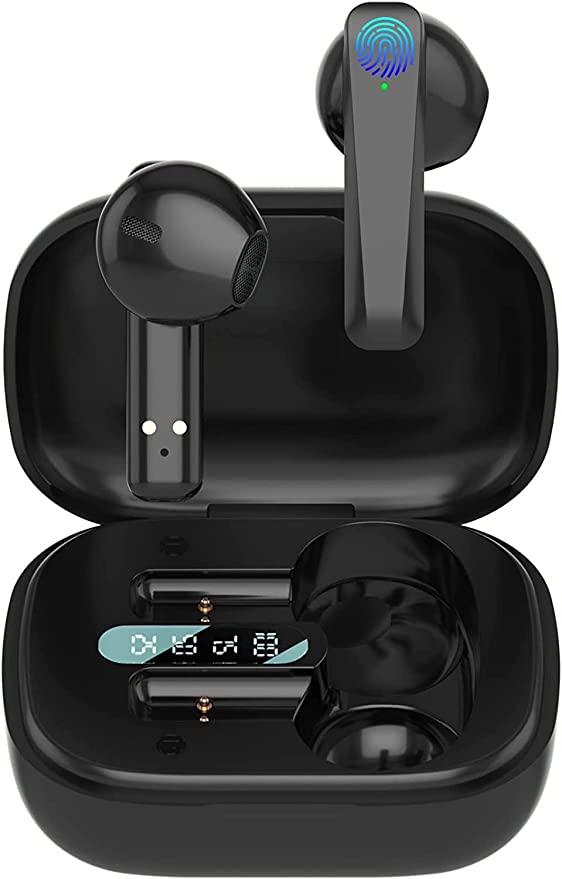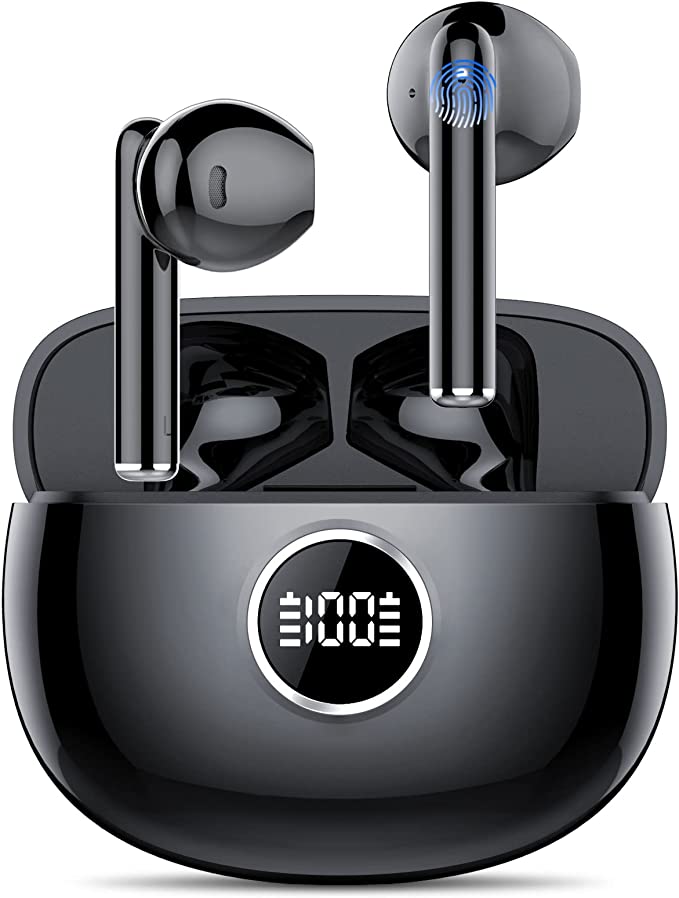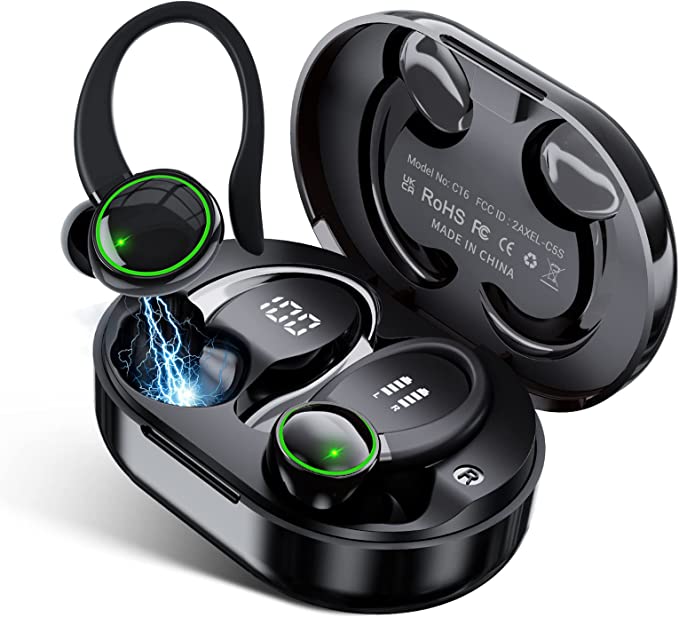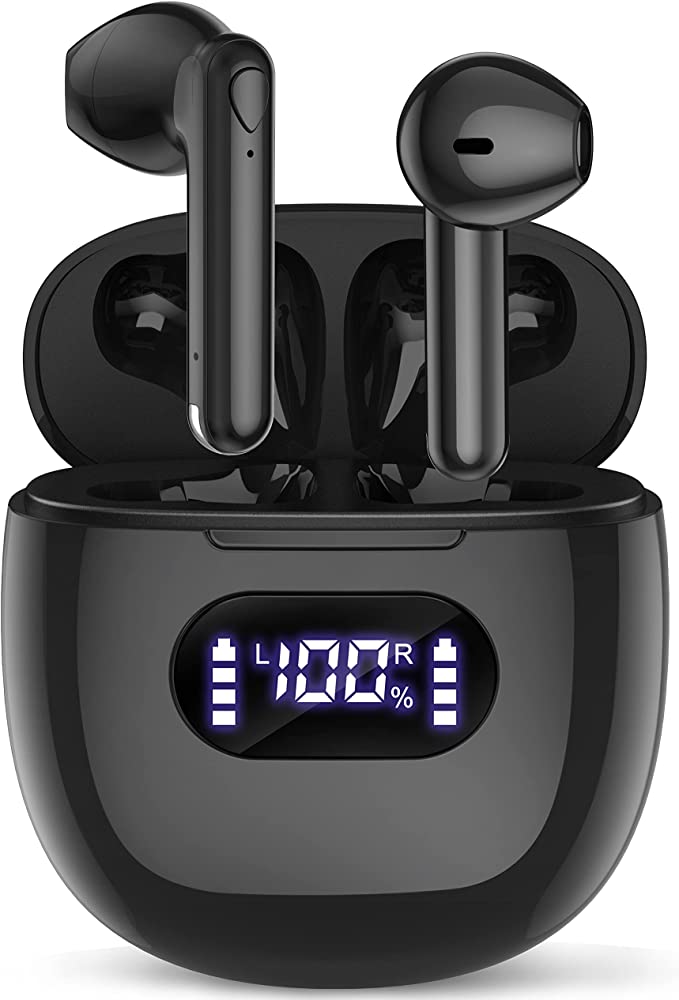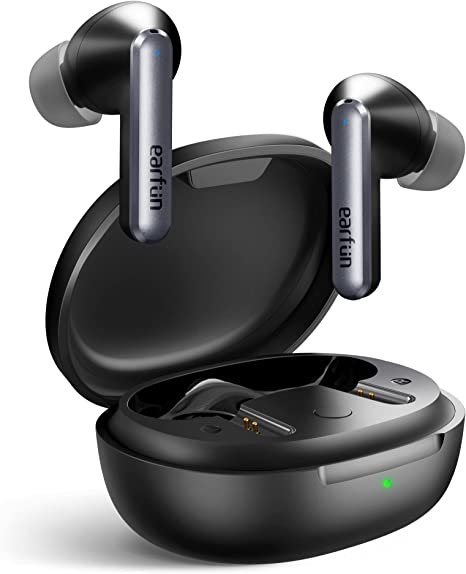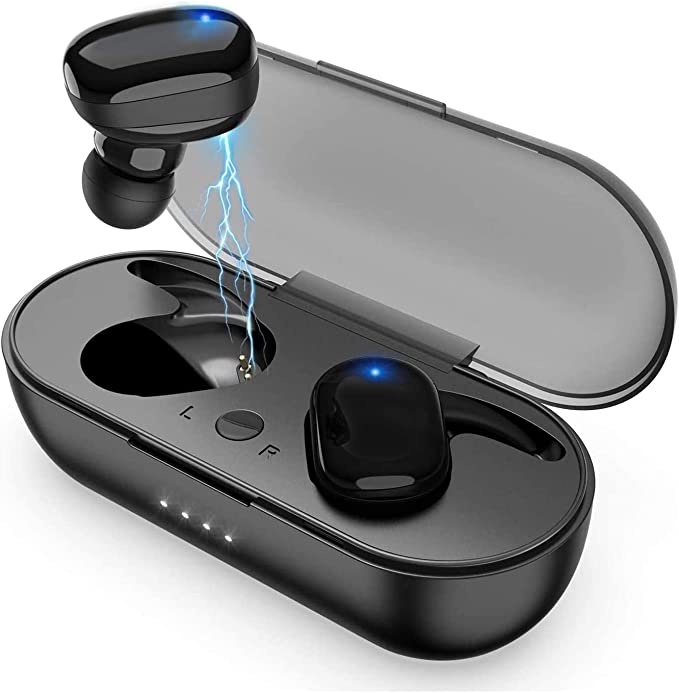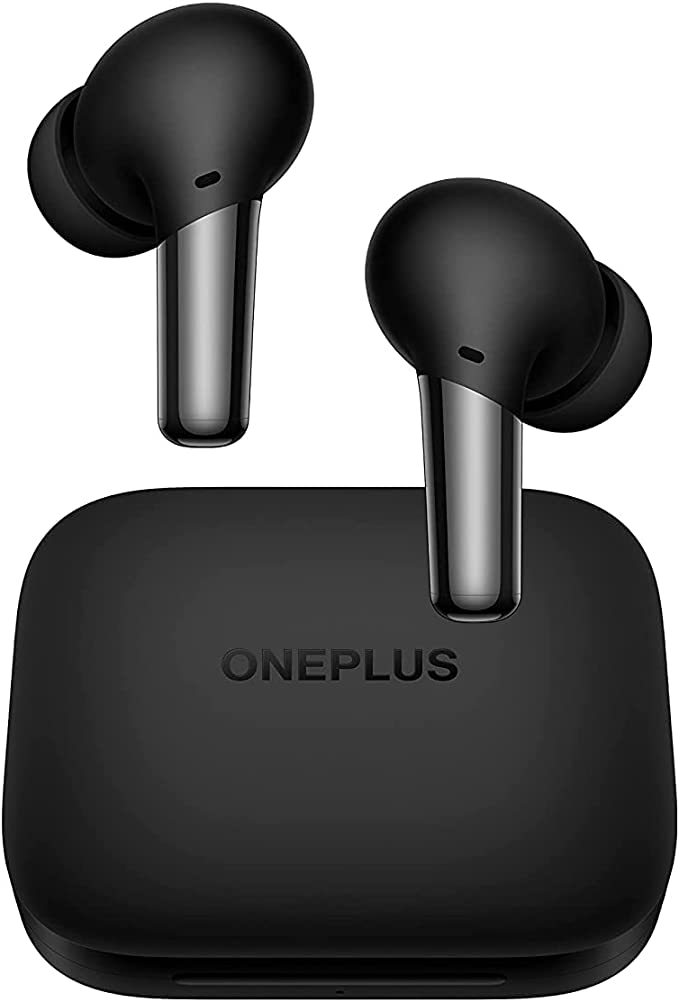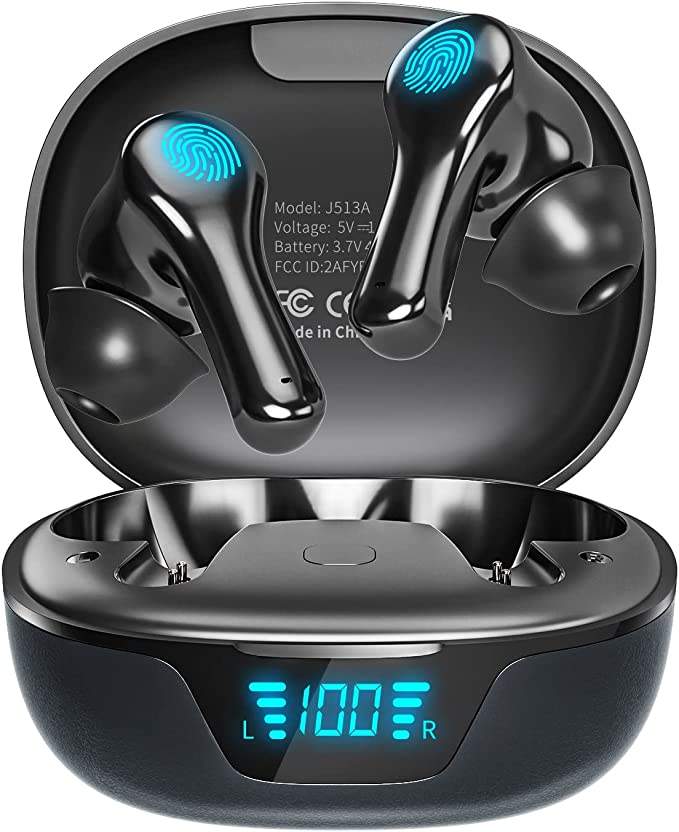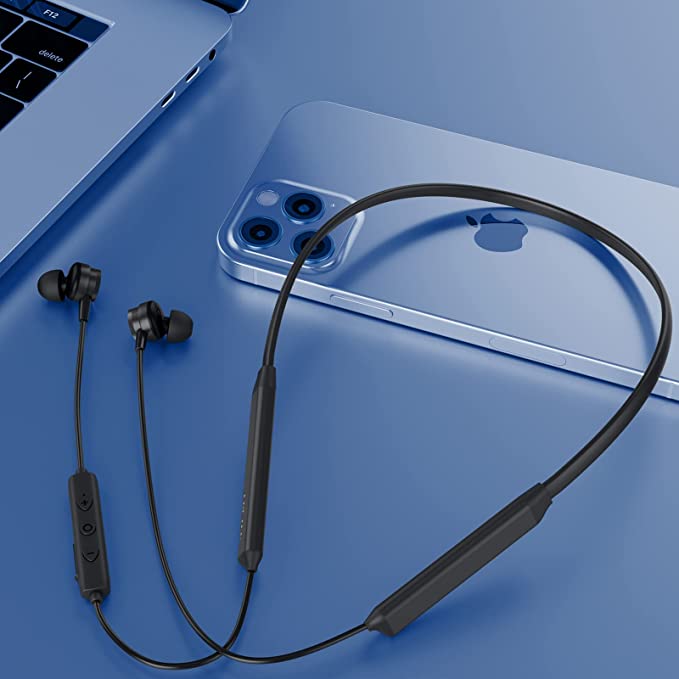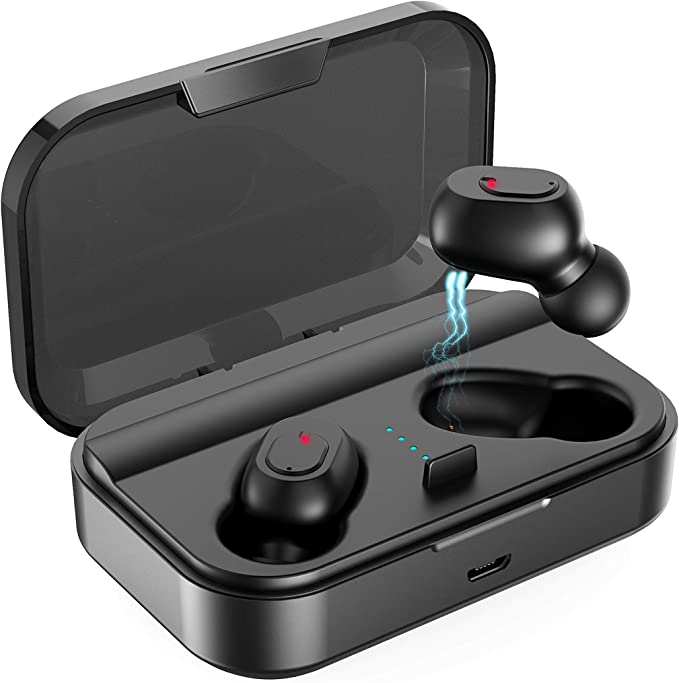Kingstar Waterproof Earbuds: Your New Adventure Buddy
Update on June 29, 2025, 3:48 a.m.
The sky, a placid blue just moments ago, has turned a bruised purple. You’re three miles from home on your usual running trail when the first fat drop of rain hits your forehead. Then another. Within seconds, it’s a downpour. Your first instinct isn’t to cover your head, but to frantically jab at your ears, fumbling to get your expensive, decidedly not waterproof earbuds into their case before they succumb to the deluge. It’s in moments like these that the siren song of rugged, affordable tech becomes irresistible. A promise whispered by products like the Kingstar K039 Waterproof Wireless Earbuds: go ahead, run in the rain. We can take it.
As an engineer who has spent years in labs watching devices live and die, I’ve learned that such promises are where the real story begins. A product like the K039, with its bold claims of being waterproof, shockproof, and noise-cancelling at a budget-friendly price, isn’t just a pair of earbuds. It’s a fascinating case study in engineering trade-offs. So, let’s put on our safety glasses, grab a metaphorical screwdriver, and tear this promise apart to see what it’s really made of.

Building on a Budget: The Blueprint of “Triple-Proof”
Think of designing a budget electronic device as building a house with a very strict budget. You have to decide where to use solid oak and where to use clever-looking laminate. The “Triple-Proof” design of the Kingstar K039 is a masterclass in this kind of resource allocation.
The “shockproof” and “dustproof” qualities are the sturdy foundation and well-sealed doors of our house. They are primarily features of the charging case. Its robust, angular shell is designed to absorb the kinetic energy of a drop, while the tight-fitting lid and a small rubber flap over the Type-C port act as gaskets against dust and debris. This is a smart, economical choice: fortify the protective shelter, and the delicate residents—the earbuds—are inherently safer.
But it’s the “waterproof” claim that requires closer inspection. The product page mentions a “water-resistant nano-coating.” This technology is quite real; it’s a microscopic, hydrophobic layer that causes water to bead up and roll off circuitry. However, in the world of engineering, unquantified claims are like a chef saying a dish is “tasty.” It’s subjective. The industry-standard language for water resistance is the Ingress Protection (IP) rating, defined by the International Electrotechnical Commission (IEC). A rating like IPX4 means it can handle splashes from any direction (your sweat, a light rain). A rating of IPX7 means it can survive being submerged in a meter of water for 30 minutes.
The K039 does not list an official IP rating. This doesn’t mean it will fail in the rain, but it does mean its resistance hasn’t been certified through standardized testing. It’s the laminate flooring of our house: it looks the part and will handle a spill, but you wouldn’t want to flood the room.

The Engine and The Drivetrain: More Than Just Bluetooth 5.1
Next, we look at the wireless connection. The K039 boasts Bluetooth 5.1, a perfectly capable “engine” that offers good speed and stability in theory. This allows for the seamless “one-step pairing” that users now expect. But as any car enthusiast knows, a great engine is nothing without a solid drivetrain. In the world of wireless audio, the “drivetrain” is the earbud’s internal antenna design and its firmware—the low-level software that manages the connection.
This is often where budget devices make subtle compromises. A less-than-optimal antenna placement or slightly unpolished firmware can lead to the kind of intermittent signal drops that some users report, even with a modern Bluetooth chip. It’s the electronic equivalent of a slight shudder when you accelerate; the device works, but the connection isn’t always buttery smooth, especially when your phone is in a pocket and your body is blocking the signal path.
The Soundproof Room vs. The Magic Silencer: A Lesson in Noise Control
Now for the main event: the “ANC Noise Cancelling” claim. This is, by far, the most misunderstood term in consumer audio. To understand it, let’s separate two very different concepts.
First, there is Passive Noise Isolation. Do this now: gently press your palms over your ears. The world gets quieter, right? You’ve created a physical barrier. That is passive isolation. A well-fitting earbud with a good silicone seal does the same thing, physically blocking a portion of ambient sound waves from entering your ear canal.
Then, there is true Active Noise Cancellation (ANC). This is technological wizardry. It uses tiny microphones to listen to the outside world, instantly analyzes the incoming sound wave, and generates a precisely opposite wave—an “anti-noise” wave. When these two waves meet, they cancel each other out in a phenomenon called destructive interference. It’s like throwing a pebble into a pond to create a ripple that perfectly flattens an existing one. It requires significant processing power and costs more to implement.
So, which is the K039 using? A user review provides the smoking gun: a caller on the other end of the line could barely hear the earbud user, describing their voice as “muffled” and distant, especially on a busy street. This classic scenario tells an engineer everything. The earbuds likely have an excellent passive seal, making the outside world quiet for the wearer. However, the microphones are not equipped with sophisticated Environmental Noise Cancellation (ENC) algorithms to separate the user’s voice from the background chaos. They simply transmit everything, resulting in a muddy, noisy signal for the person on the other end.
This isn’t a flaw; it’s a trade-off. Providing a good passive seal is an inexpensive function of ergonomic design. Implementing a multi-microphone array with advanced voice-filtering software is not. What’s being marketed as “ANC” is, in reality, effective “Passive Isolation.”

The Verdict from the Workbench: A Tool, Not a Jewel
After our teardown, what are we left with? The Kingstar K039 is not a device built on false promises, but on carefully calculated compromises. It is not a jewel crafted for the audiophile, but a tool forged for the pragmatist. Its armor is the sturdy case. Its lifeline is a decent, if not perfect, Bluetooth connection. Its “noise cancellation” is a physical barrier, not an electronic force field.
Its ideal owner is the very runner we imagined in the rain—someone who needs a secondary, “sacrificial” pair of earbuds they won’t cry over if one takes a tumble on the trail. It’s for the gym-goer who just wants to drown out the grunts and clanging weights with a podcast. It’s for the person who values the peace of mind that comes from a 28-hour battery life in a rugged case more than they value pristine, high-fidelity audio or crystal-clear business calls.
Ultimately, the most valuable feature of a product like the Kingstar K039 isn’t its ruggedness or its battery life. It’s the lesson it teaches. In the dazzling marketplace of consumer electronics, learning to look past the marketing and understand the engineering reality—to read the spec sheet between the lines—is the most powerful tool a consumer can ever own.





